Wearable Technology Integration
The integration of wearable technology into the Smart Fabrics in Fashion and Entertainment Market is a pivotal driver. As consumers increasingly seek multifunctional clothing, the demand for smart textiles that can monitor health metrics, provide connectivity, and enhance user experience is on the rise. The market for wearable technology is projected to reach approximately 60 billion dollars by 2026, indicating a robust growth trajectory. This trend is not only reshaping consumer expectations but also pushing fashion designers to innovate. Brands are now exploring collaborations with tech companies to create garments that are not only stylish but also serve practical purposes. This convergence of fashion and technology is likely to redefine the boundaries of traditional apparel, making smart fabrics a cornerstone of modern fashion and entertainment.
Interactive and Adaptive Fashion
The rise of interactive and adaptive fashion is transforming the Smart Fabrics in Fashion and Entertainment Market. This trend encompasses garments that can change color, texture, or fit in response to environmental stimuli or user preferences. Such innovations are appealing to a tech-savvy demographic that values personalization and interactivity in their clothing. The market for adaptive clothing is projected to expand, driven by advancements in textile technology and consumer interest in unique fashion experiences. Brands are increasingly investing in research and development to create fabrics that can respond dynamically to various conditions, thereby enhancing the overall user experience. This evolution in fashion not only caters to individual preferences but also opens new avenues for creative expression in the entertainment sector.
Consumer Demand for Customization
Consumer demand for customization is a significant driver in the Smart Fabrics in Fashion and Entertainment Market. As personalization becomes a key expectation among consumers, brands are increasingly offering customizable options in their smart textiles. This trend is particularly evident in the fashion sector, where consumers seek unique garments that reflect their individual style. The market for customized apparel is projected to grow, with estimates suggesting a rise to over 20 billion dollars by 2026. This shift is prompting brands to leverage technology, such as 3D printing and digital design, to create bespoke clothing solutions. By catering to this demand for customization, companies can enhance customer loyalty and differentiate themselves in a competitive marketplace, ultimately driving growth in the smart fabrics sector.
Enhanced Performance and Functionality
Enhanced performance and functionality are critical drivers in the Smart Fabrics in Fashion and Entertainment Market. As athletes and performers seek garments that improve their performance, the demand for smart fabrics that offer moisture-wicking, temperature regulation, and muscle support is increasing. The sports apparel segment is expected to witness substantial growth, with smart textiles playing a key role in this evolution. For instance, the market for performance apparel is anticipated to reach over 30 billion dollars by 2025, highlighting the potential for smart fabrics to revolutionize athletic wear. This trend is encouraging manufacturers to invest in advanced textile technologies that not only enhance performance but also provide comfort and style, thereby appealing to a broader audience.
Sustainability and Eco-Friendly Materials
Sustainability has emerged as a crucial driver within the Smart Fabrics in Fashion and Entertainment Market. As environmental concerns gain prominence, consumers are increasingly favoring brands that prioritize eco-friendly practices. The market for sustainable textiles is expected to grow significantly, with projections indicating a compound annual growth rate of over 9% through 2027. This shift is prompting manufacturers to explore innovative materials, such as organic cotton and recycled polyester, which align with sustainable fashion principles. Furthermore, the incorporation of smart fabrics that can reduce waste and enhance durability is becoming a focal point for brands aiming to appeal to environmentally conscious consumers. This trend not only addresses consumer demand but also positions companies favorably in a competitive market landscape.


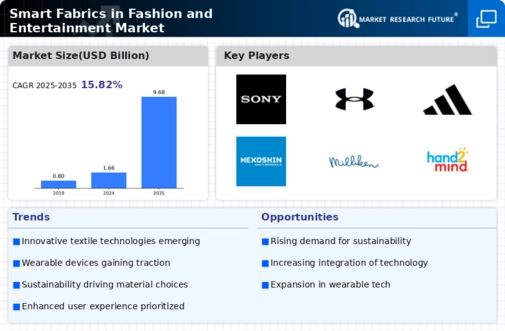

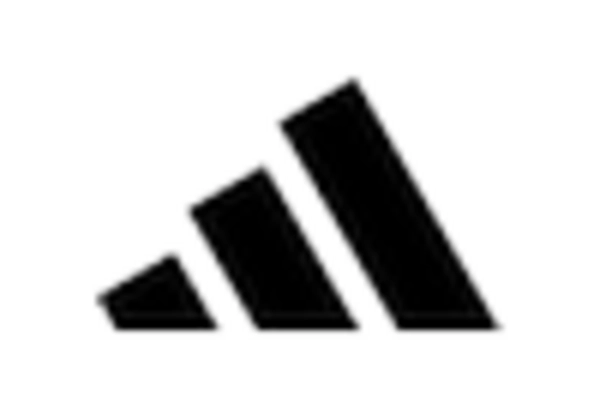
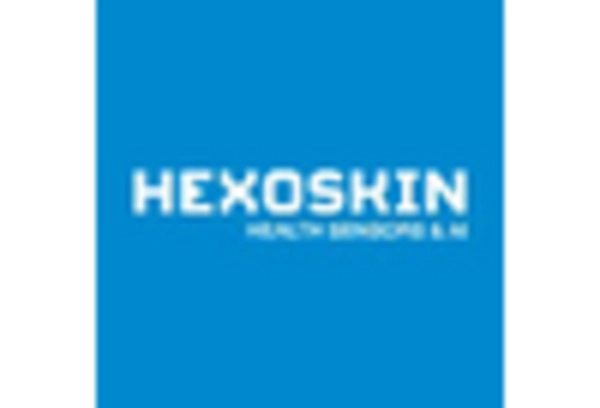
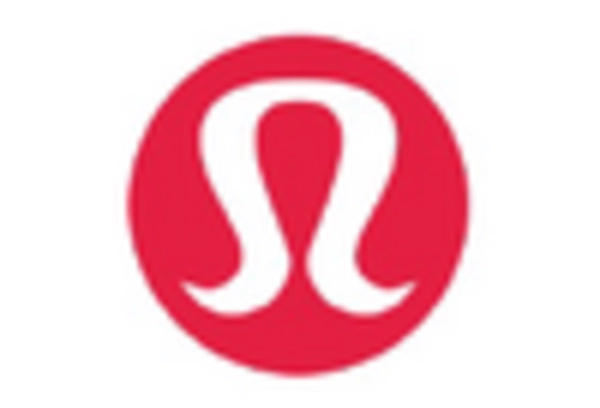

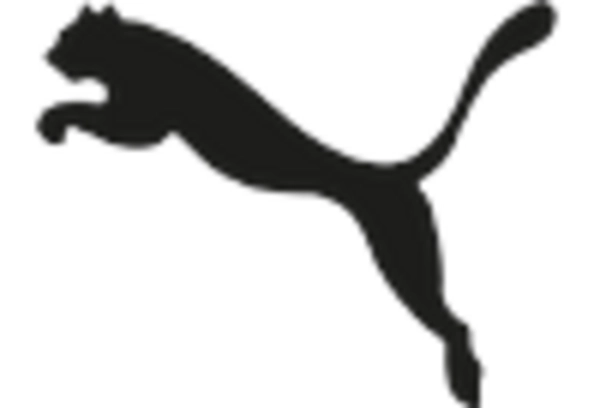
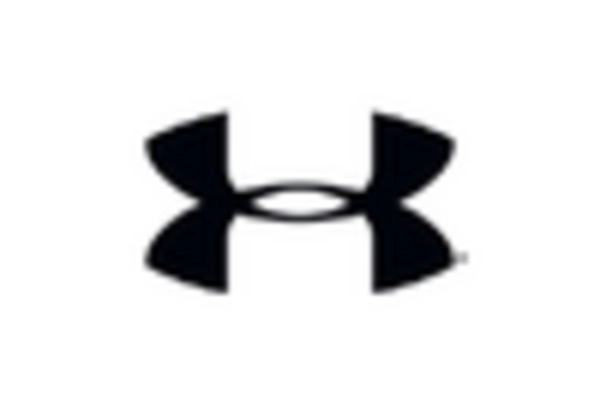








Leave a Comment